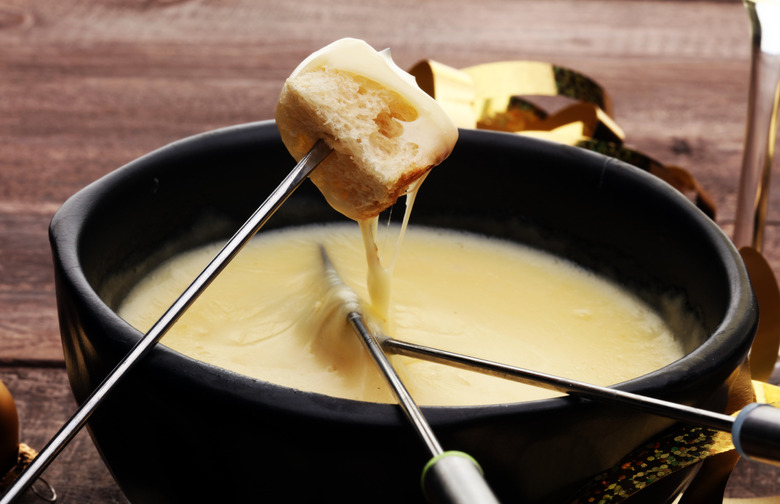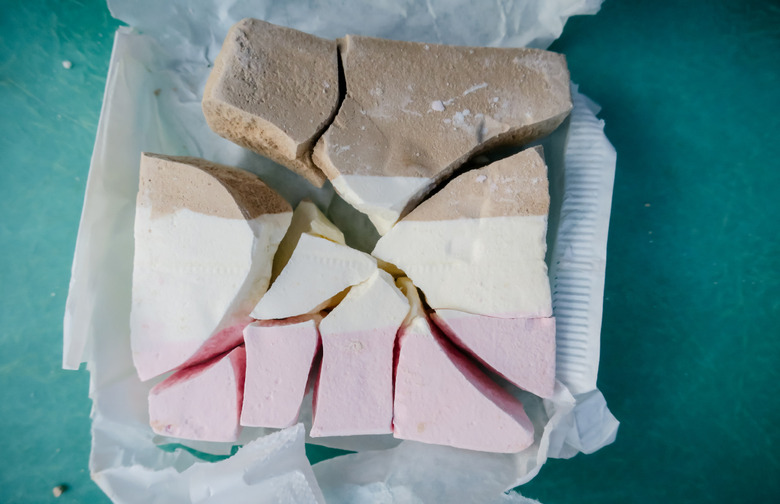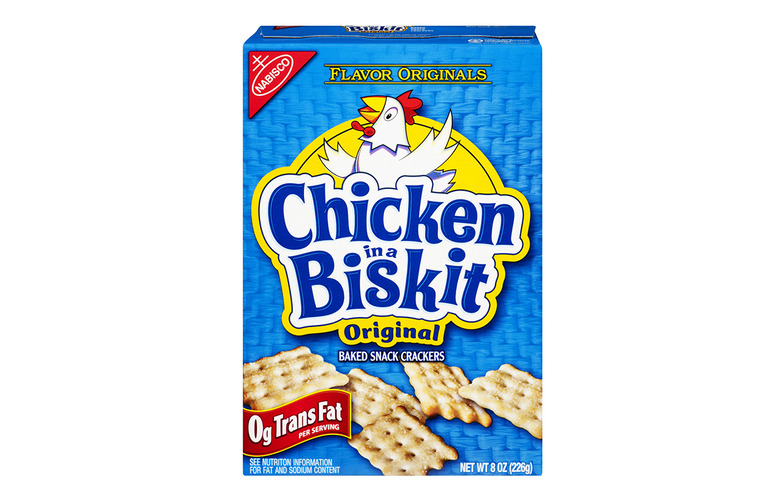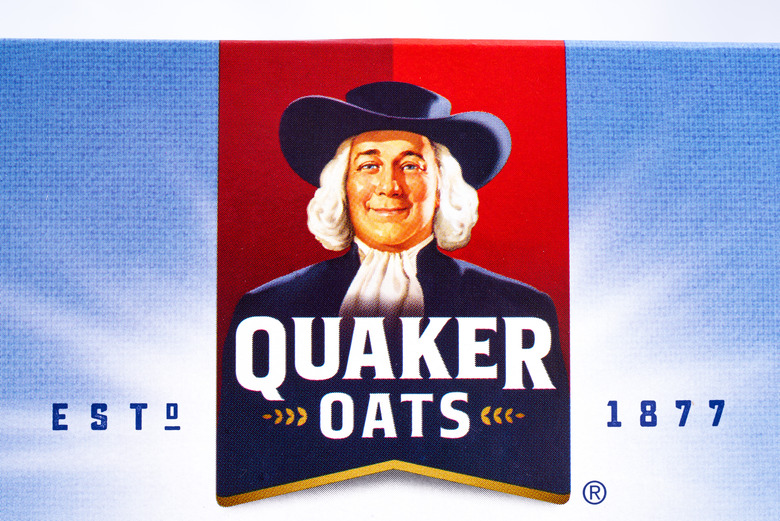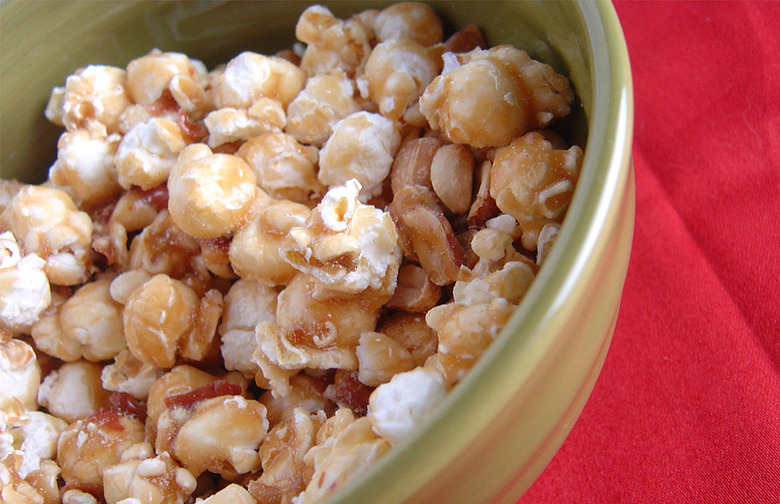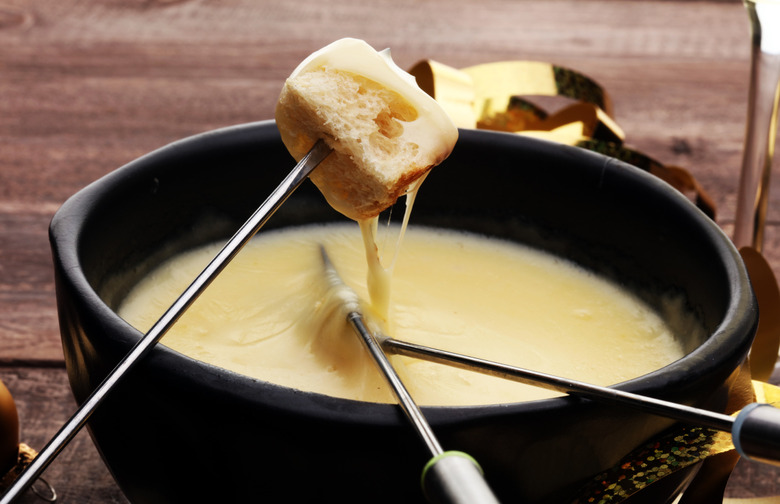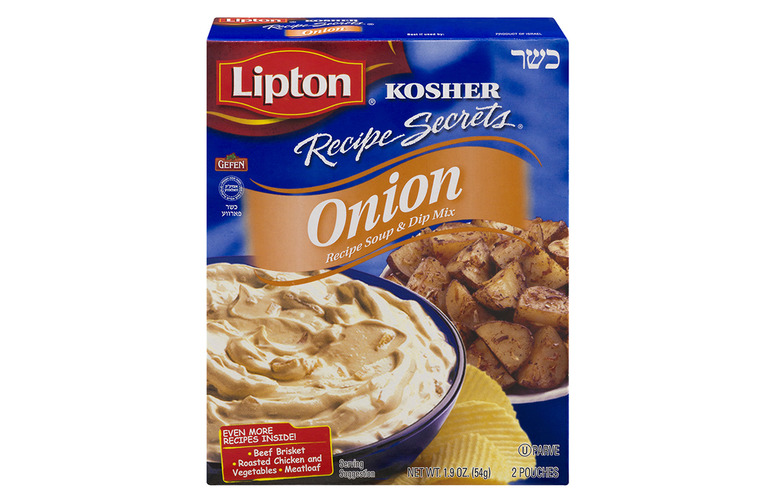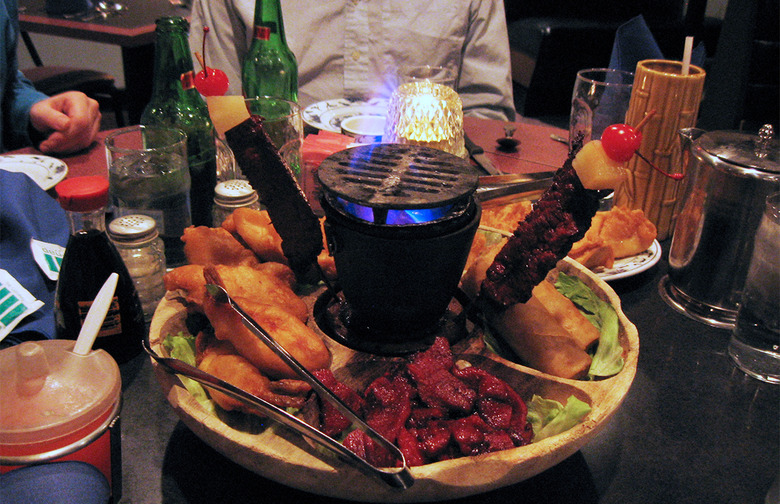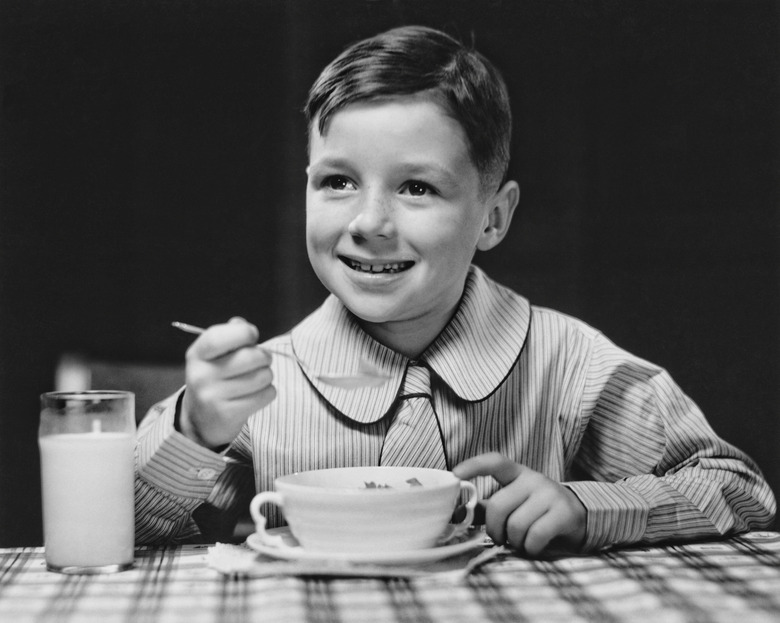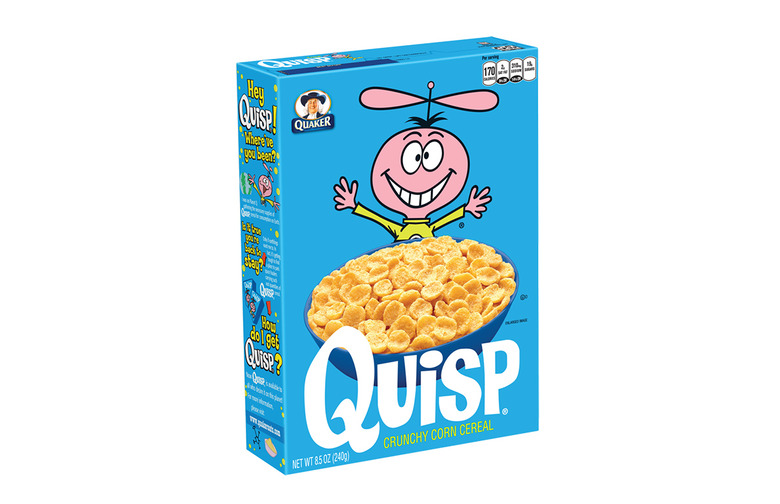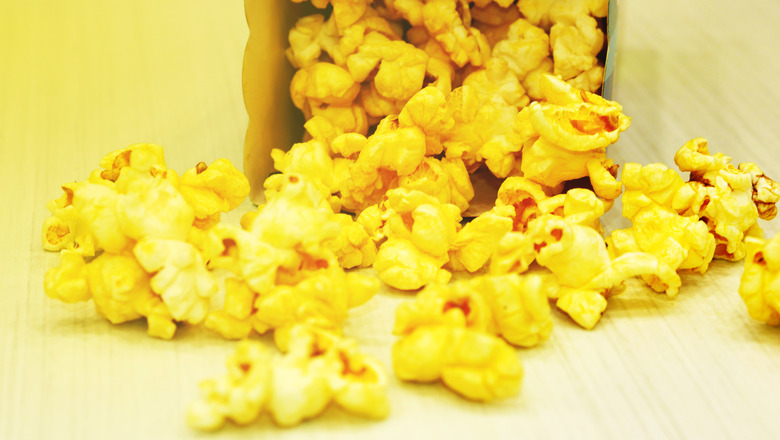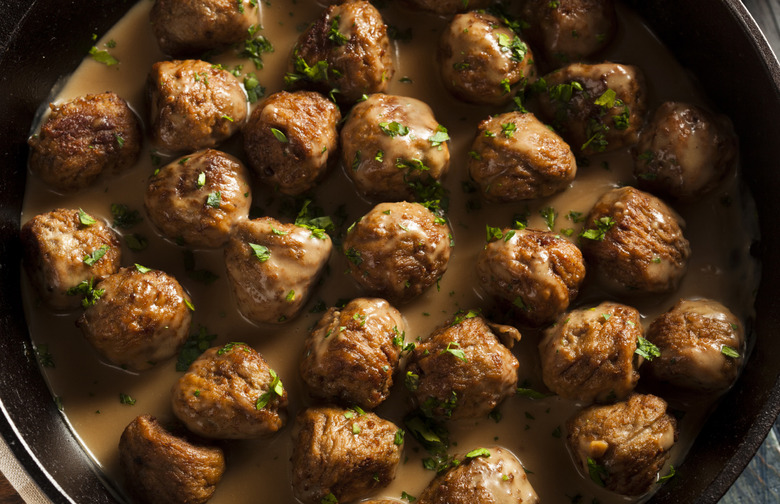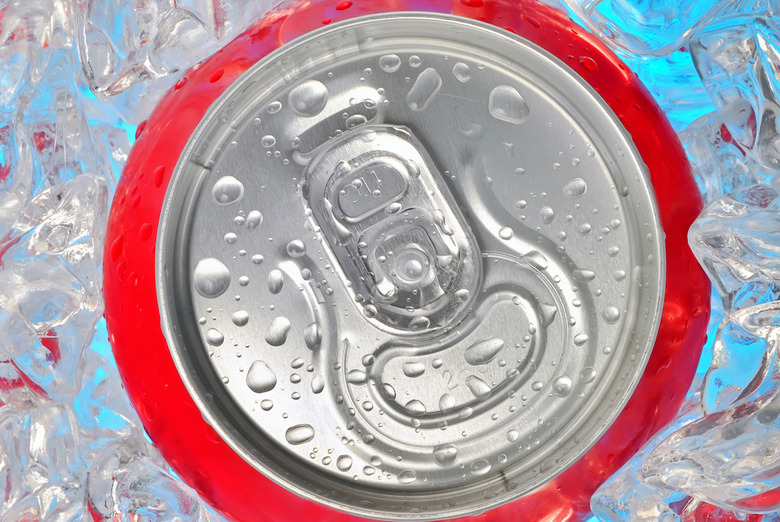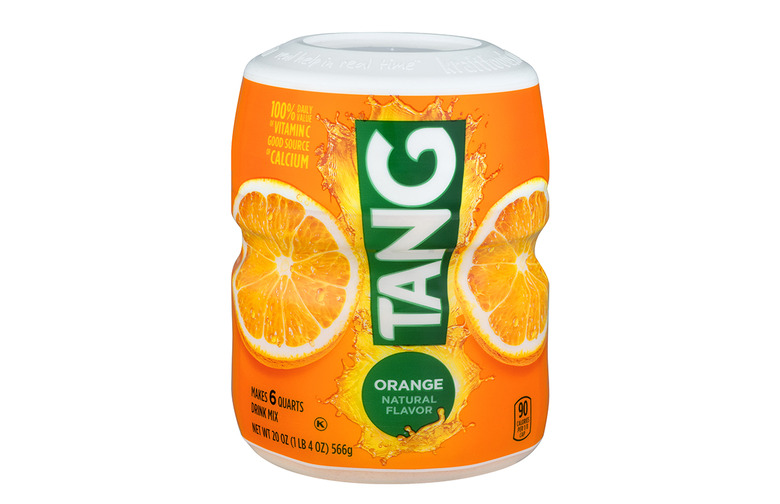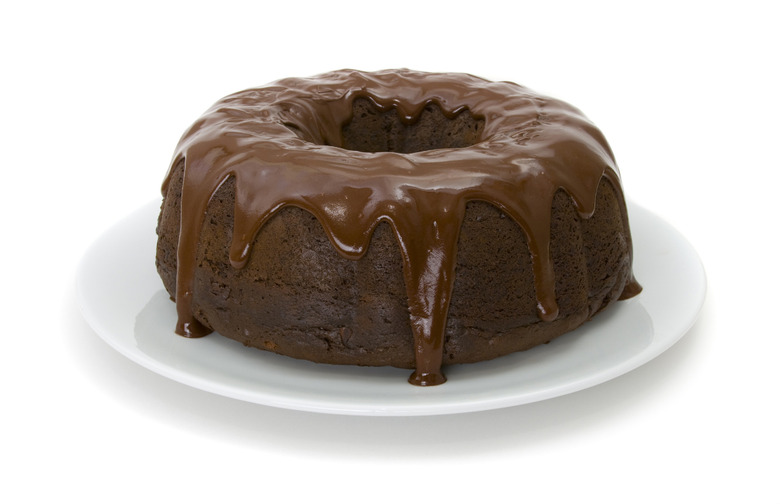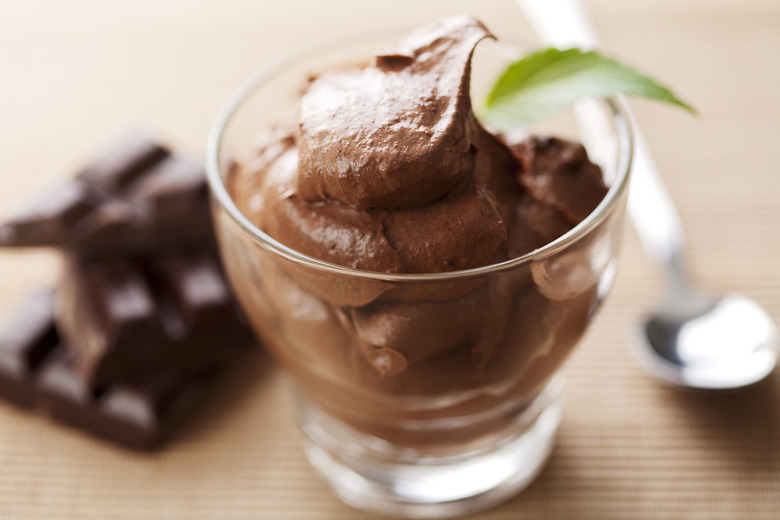If You Grew Up In The '60s, You'll Definitely Remember These Foods Slideshow
The 1960s were an interesting time to be a kid. It was a time of great social unrest and cultural upheaval, but it was also the decade in which more of seemingly everything — be it television, music, movies, or food – was geared directly towards children. If you grew up in the '60s, we bet you recall all of these 15 foods we tracked down.
Astronaut Ice Cream
By the 1960s, the Space Age was in full bloom, and so was its commercialization. Along with a legendary Space Age beverage (which we'll get to), freeze dried "astronaut" ice cream first hit the market in the 1960s and immediately became a must-try for every kid. Even though it was developed for the Apollo missions, it's sadly never actually been eaten in space.
Chicken in a Biskit
This snack cracker was first released by Nabisco in 1964, and even though it's still produced, it's not nearly as popular as it was in its 1960s heyday. It's chicken flavored, and actually contains dehydrated cooked chicken.
Dippy Canoes
Native American-themed products and TV shows were all the rage in the '60s, and Quaker dipped their toes in the pool by releasing Dippy Canoes in a big metal tin (Laura Scudder's released their own Native American-inspired corn chip, Wampum). Some die-hards still maintain that these canoe-shaped corn chips tasted better than Fritos.
Fiddle Faddle
Fiddle Faddle was released by ConAgra in 1967 and it can still be found today, usually in discount stores. A lighter-flavored competitor to Cracker Jack, it's popcorn covered with caramel or butter toffee and mixed with peanuts.
Fondue
Fondue was one of the biggest food trends of the 1960s, 30 years after it was first promoted as a Swiss national dish by the Swiss Cheese Union. It's the perfect party food: melted cheese in a big communal pot. Once Americans got a taste of it, fondue caught on like wildfire (as did variations like chocolate fondue), and after a period of being considered a novelty, it's once again super-popular.
Lipton Onion Soup Dip
If you went to a party in the '60s that didn't have a bowl of Lipton onion soup dip (preferably accompanied by some Ruffles), it wasn't a party worth being at. Not only is it addictively good, it's also super-easy to make: Just stir a packet of Lipton's into some sour cream, and Bob is your uncle. The secret ingredient? MSG. If you're looking to update your onion dip with a from-scratch recipe, you can find it here.
Pu Pu Platters
Thanks to the popularity of restaurants like Trader Vic's, the tiki craze plowed full-steam ahead through the 1950s and 1960s before dying down at the end of the decade. Tiki drinks like the Zombie and the Mai Tai packed a boozy wallop, and they were accompanied by Polynesian-themed dishes like crab Rangoon and barbecued spareribs. But the king of tiki foods was the pu pu platter, which also made its way onto Chinese and Hawaiian restaurant menus during the decade. If you ordered a pu pu platter during the 1960s, you could probably expect to find items like coconut shrimp, baked clams, egg rolls, chicken wings, spare ribs, chicken satay, and rumaki (chicken liver and water chestnuts wrapped in bacon and marinated in sweet soy sauce).
Quake
Quake was introduced in 1965 by Quaker, shaped like gears with holes in the middle, and advertised as "wonderful wheelies of corn and oats... buzzin' with honey and bustin' with earthquake power." Its mascot was a burly miner. Even though it came from the same team that successfully rolled out Cap'n Crunch in 1963, the cereal never really took off, and was discontinued in 1973.
Quisp
Quake was rolled out alongside Quisp, and both cereals were in fact nearly identical apart from the shape (Quisp is shaped like saucers). Quisp, with its space alien mascot, easily outsold Quake from the beginning, and actually never completely left store shelves; it's only available in very limited distribution nowadays, though.
Screaming Yellow Zonkers
One of the most hippie-inspired food products to ever hit store shelves, Screaming Yellow Zonkers are sugar-glazed popcorn, but it was more well-known for its packaging. The first food item to be packaged in black, Screaming Yellow Zonkers' box is still notable today. The front was relatively simple, but all the other sides were loaded with absurdist copy clearly meant to appeal to youth culture. For example, a note on the bottom of the box read, "Open the top, and turn the box upside down. If the Zonkers fall out, this is the bottom. If they fall up, this is the top. If nothing happens, this box is empty." Far out.
Swedish Meatballs
Along with fondue, Swedish meatballs was the other dish that no worthwhile '60s party went without. These small meatballs, served in creamy gravy in a chafing dish alongside lingonberry jam, were a novel change of pace from the usual Italian-style meatballs, and their small size made them perfect for serving at parties.
Tab
Tab, introduced by the Coca-Cola company in 1963, was the second diet soft drink to hit the market (after Diet Rite, which came out in 1958). One of the most popular sodas throughout the decade, its star began to wane in 1969, when it was discovered that the sweetener, cyclamate, was banned by the FDA. Its replacement, saccharin, was subsequently (erroneously) linked to cancer few years later. The final nail in Tab's coffin was the introduction of Diet Coke in 1982, but it's still around if you look hard enough.
Tang
Even though the powdered orange drink Tang first hit the market in 1959, it didn't become popular until 1962, when it was used on John Glenn's Mercury flight. Afterward, it became the signature drink of the Space Age, and just about every kid had it at least once during the decade.
Tunnel of Fudge Cake
In 1966, a woman named Ella Helfrich won the Pillsbury Bake-Off with a recipe for a chocolate walnut cake that had a mysteriously fudgy center, the result of being slightly underbaked. Not only did the recipe take off, it also led to sales of an estimated 60 million Bundt pans across the country. You don't see it too often anymore because a crucial ingredient, Jiffy Double Dutch Frosting Mix, was discontinued in the 1980s, leading to thousands of complaints.
Whip ‘n Chill
Jell-O's Whip 'n Chill was a de rigueur pantry item in the 1960s, and was beloved for its ability to quickly go from powdered form to a light and creamy mousse. Available in flavors including chocolate, vanilla, lemon, and strawberry, it was also a popular pie filling. Another popular Jell-O spinoff was Jello 1-2-3, which through the magic of more than a dozen unpronounceable ingredients, separated into three distinct layers in your fridge.
